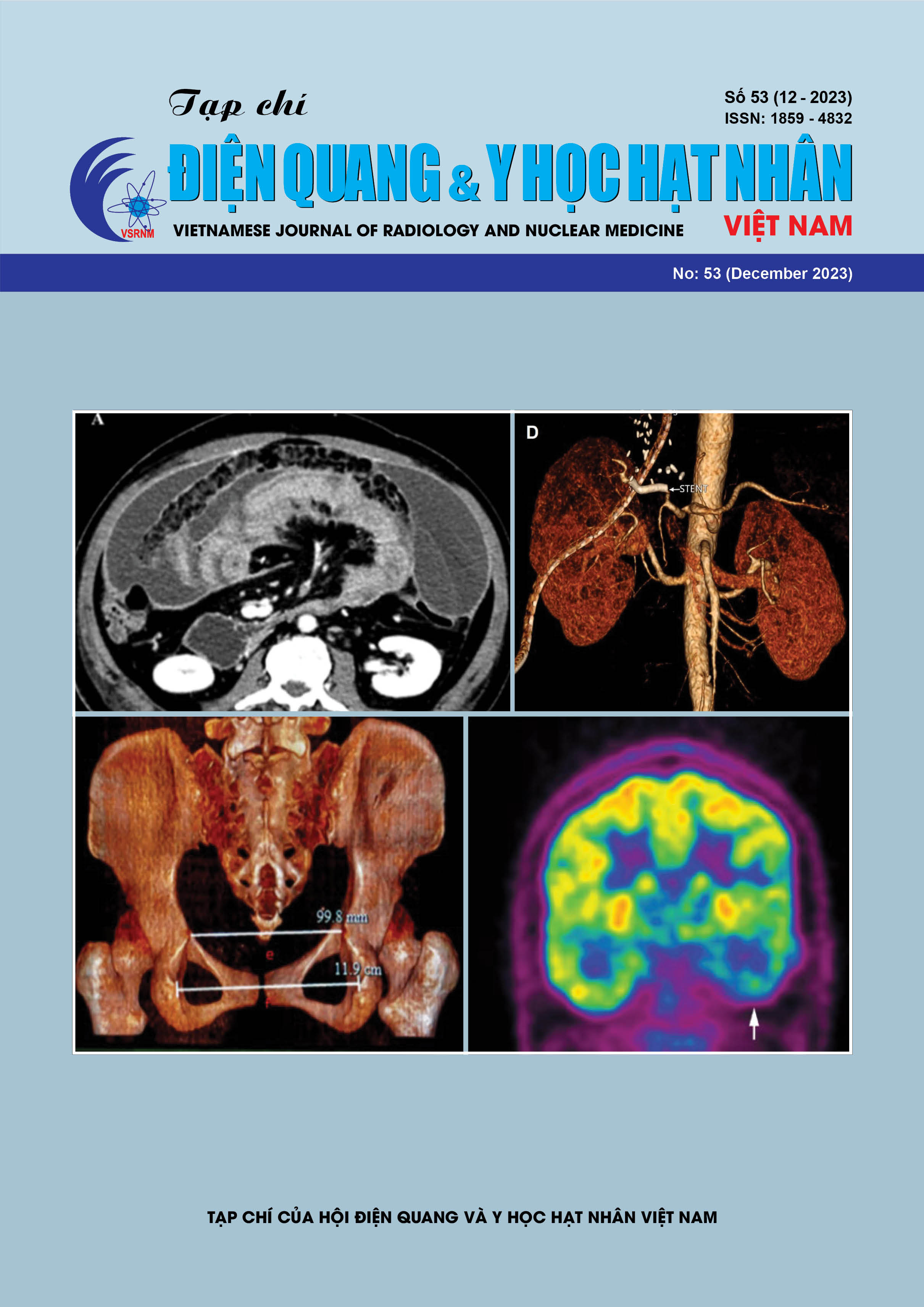Role of artificial intelligence in posteroanterior chest X-ray interpretation: Preliminary initial results at Cho Ray Hospital
Abstract
Background: Chest X-ray is currently a widely used diagnostic modality, applied in screening, diagnosis, and post-treatment follow-up. In order to make a quick and accurate diagnosis, artificial intelligence (AI) - a computer science branch that has developed rapidly with many applications in medicine - has been applied in many health facilities in Vietnam. At Cho Ray Hospital, the AI system supporting chest X-ray interpretation has been applied for more than 1 year with 24120 cases processed by AI. This study aims to evaluate the role of artificial intelligence in chest X-ray interpretation at Cho Ray Hospital.
Methods: Randomly collecting data from chest X-ray images taken at the exit examination department of Cho Ray Hospital from April 1, 2023, to May 1, 2023. Radiographic images were analyzed by a 5-year experienced radiologist at Cho Ray Hospital and used as reference data. Chest X-ray imaging characteristics including consolidation, interstitial lesions, pulmonary cavities, linear interstitial thickening, calcified nodules, pulmonary nodules, atelectasis, pleural effusion, and pleural thickening were observed. The interpreting time was also recorded. The data was then analyzed by two residents with and without AI assistance, the variables were collected for comparison.
Results: The average time for an experienced doctor to analyze the results is: 55.17 ± 32.43 seconds, with AI assistance, this time is shortened to: 16.57 ± 13.78 seconds. Sensitivity for detecting general signs on PA chest radiographs of residents without AI was 73.01%, and specificity was 83.68%, with AI-assisted, the sensitivity, and specificity increased to 97.51% and 94.90%, respectively. For the group of important signs, suggesting TB, the resident's sensitivity and specificity were 73.01% and 83.68%, respectively; with AI-assisted, the sensitivity and specificity increased, reaching 97.49% and 94.83%.
Conclusions: AI applications assist in chest radiograph interpreting time reduction while improving sensitivity and specificity.

